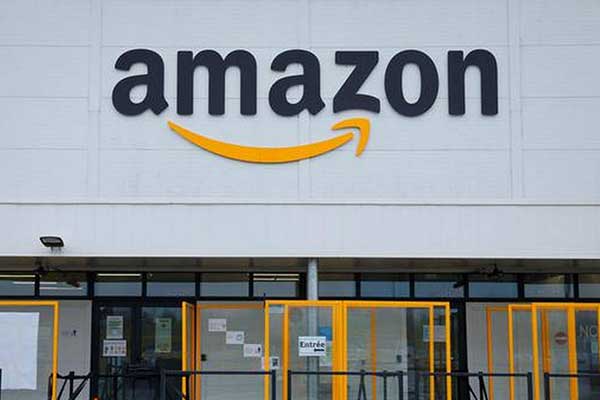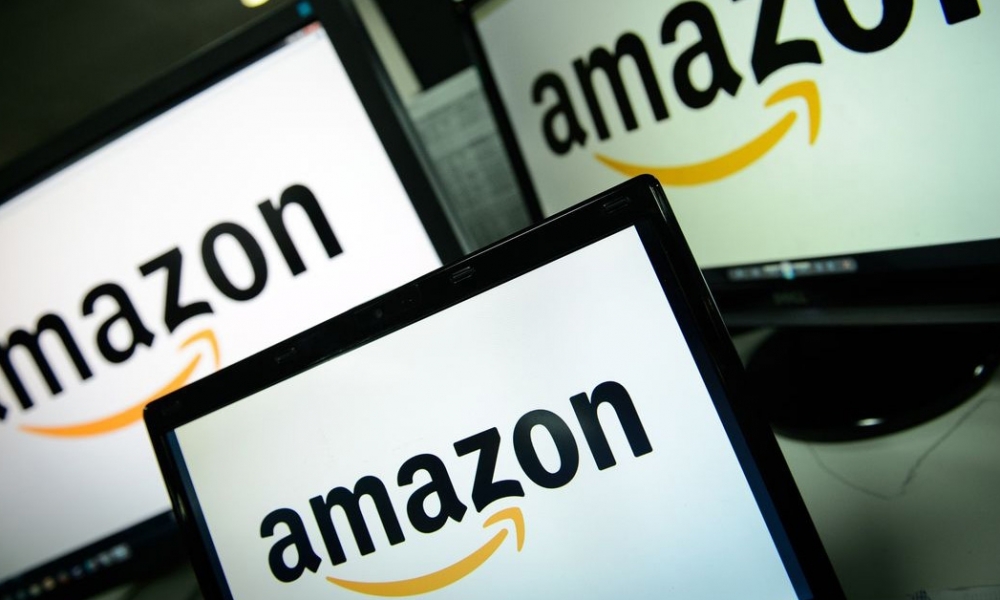Starting an Amazon side hustle can be an exciting venture, offering the potential for additional income and entrepreneurial experience. Thousands of sellers and buyers connect on Amazon. As a seller, you’ll operate within this ecosystem, competing with other merchants and sometimes even Amazon. Learn how the platform works, including its search algorithms, customer service expectations, and the overall shopping experience.
Choosing your business model
Amazon offers several ways to sell on its platform. Retail arbitrage involves buying products from local stores at a discount and reselling them on Amazon. Online arbitrage follows a similar principle but focuses on finding deals on other websites. Private label selling requires creating your own branded products, while wholesale involves buying products in bulk from manufacturers and reselling them. Find the model that best suits your goals and resources by researching thoroughly.
Initial investment considerations
While starting an Amazon side hustle can be relatively low-cost compared to traditional businesses, it still requires some initial investment. This may include inventory costs, Amazon seller account fees, shipping supplies, and advertising expenses. Consider your budget carefully and be prepared for some upfront costs before seeing returns.

Time commitment
Running an Amazon side hustle requires a significant time investment, especially initially. You’ll need time for product research, sourcing, creating listings, managing inventory, and handling customer service. Be realistic about how much time you can dedicate to this venture alongside your other commitments.
Inventory management
Effective inventory management is crucial for an Amazon side hustle. You’ll need to balance having enough stock to meet demand without tying up too much capital or incurring excessive storage fees. Learn about Amazon’s inventory performance index and how it affects your account health.
Fulfillment options
Amazon offers two main fulfilment methods: Fulfillment by Amazon (FBA) and Fulfillment by Merchant (FBM). With FBA, Amazon handles your products’ storage, packaging, and shipping. FBM requires you to manage these aspects yourself. Each option has pros and cons, so consider which best aligns with your resources and business model.
Amazon’s rules and policies
Amazon has strict guidelines for sellers to maintain a high-quality marketplace. Please familiarize yourself with their policies regarding product quality, shipping times, customer service, and prohibited items. Violating these rules can lead to account suspension, so it’s crucial to stay compliant.
Marketing and promotion
While Amazon’s platform provides visibility, additional promotions can boost your sales. Learn about Amazon’s advertising options and how to optimize your product listings for better search visibility. Consider external marketing strategies, such as social media or content marketing. Comparing different Amazon side hustles reveals that each business model has its own learning curve and success factors.
Continuous learning
The Amazon marketplace constantly evolves, with new features, policies, and best practices emerging regularly. Commit to continuous learning through seller forums, webinars, and industry publications to stay informed and adapt your strategies as needed.
This might involve expanding your product line, hiring help, or automating specific processes. Plan for growth from the outset to ensure your business can develop smoothly. different Amazon side hustles compared potential varies. For instance, private-label brands may have more room for expansion and brand-building than retail arbitrage models. Success on Amazon often comes to those willing to learn, adapt, and persevere. With the right approach and mindset, your Amazon side hustle has the potential to grow into a significant source of income and entrepreneurial satisfaction.

